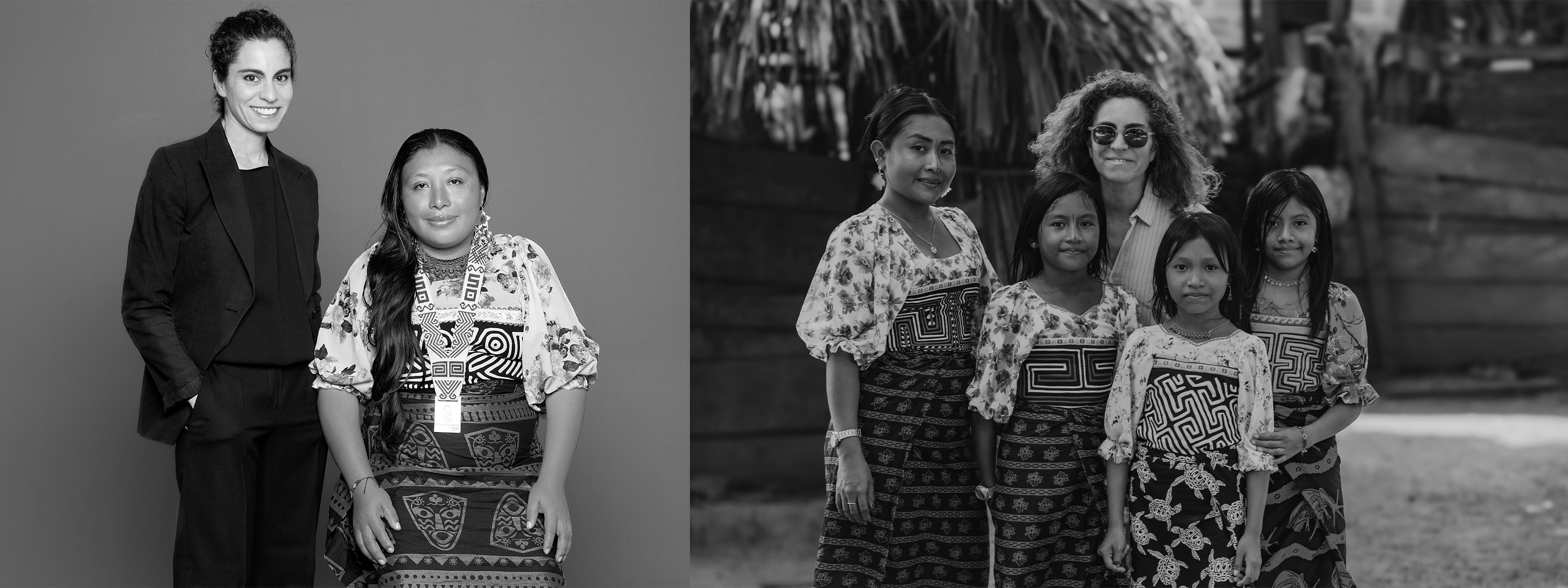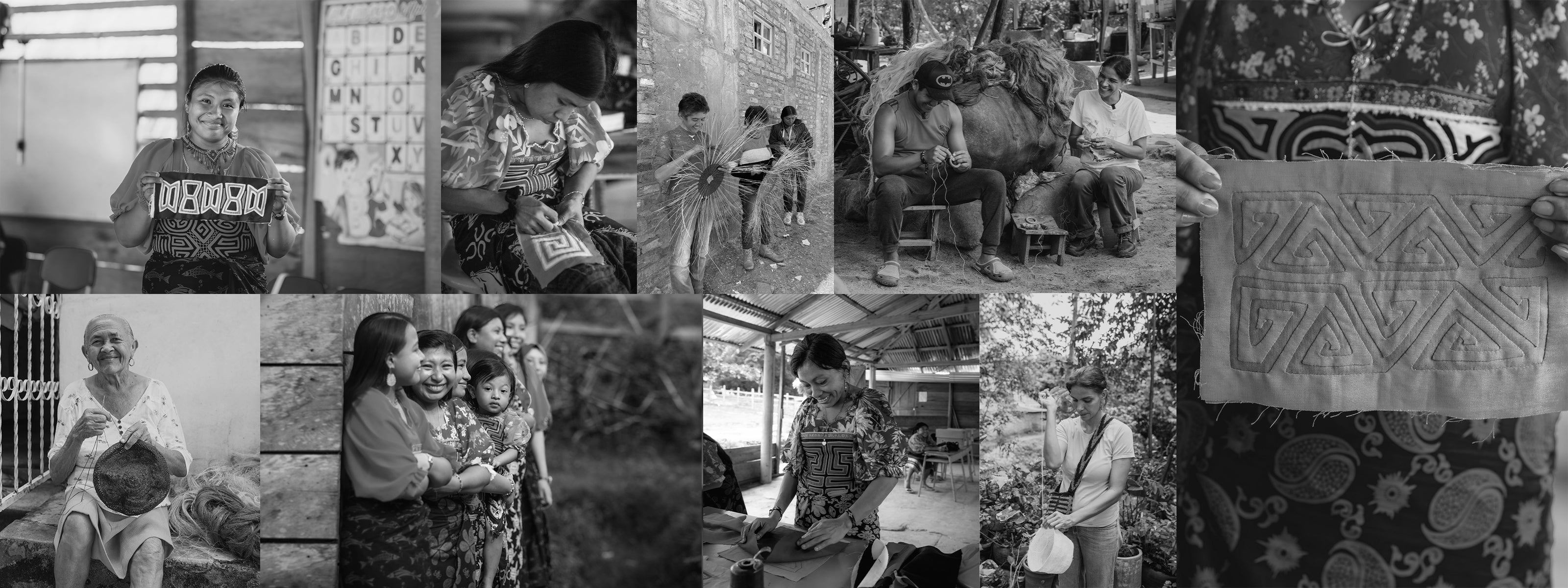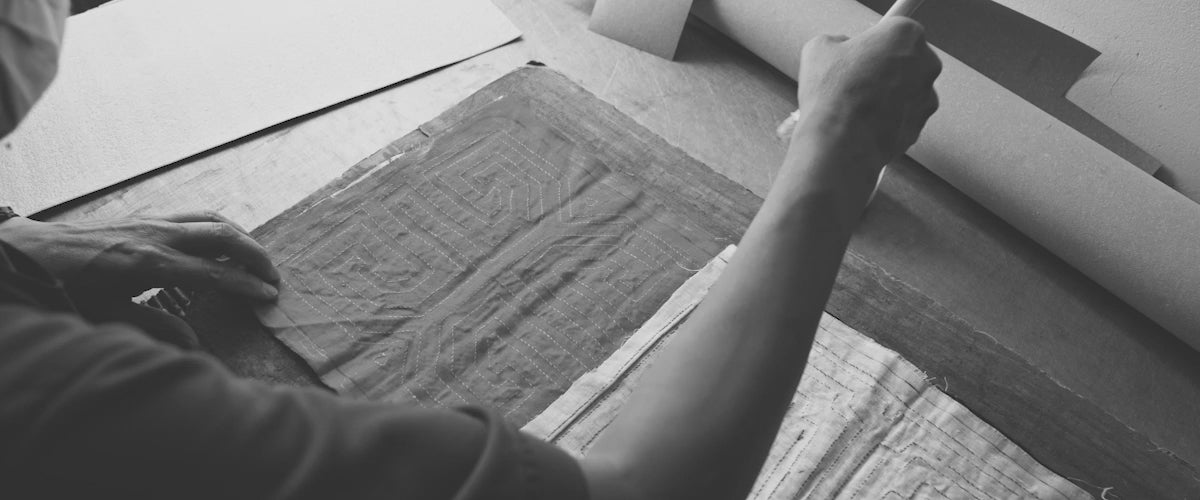
Our story
Mola Sasa was born in 2015 at the intersection of culture, design, and purpose, a celebration of craftsmanship through a bold and contemporary lens. It all started when our founder, Yasmin Sabet, a Colombian-Egyptian creative with a background in architecture and design, launched a unique collaboration with the Gunadule communities of Colombia. The result, are vibrant, statement pieces that quickly catch the eye. From our first iconic pieces to our latest collections, every Mola Sasa tells a story of heritage, artistry, connection. We work hand-in-hand with artisans across Colombia, blending ancestral techniques with a modern aesthetic.. We believe in luxury with intention, in pieces that not only look good, but tell stories. Each one is handcrafted in small batches, supporting sustainable employment and empowering communities through long-term, meaningful relationships.
Our Mission
Our mission is to uplift artisan communities by co-creating pieces that carry stories, soul, and purpose. We believe in the quiet power of craft, in the richness of tradition passed through generations, and in the beauty that lies in color, texture, and imperfection. Each piece is a dialogue, between hands and hearts, between heritage and modernity, designed to bring effortless sophistication and freshness to everyday life. Created for those who seek meaning in what they wear and express themselves with freedom, our collections celebrate individuality while honoring the communities that inspire them. We don’t just make fashion, we weave connections, preserve cultures, and shape a more inclusive and conscious future, one piece at a time.
Our Artisans Communities
Responsibility is at the core of Mola Sasa. In close collaboration with artisan communities across Colombia, we honor ancestral techniques and native materials, reinterpreting them through a modern lens.
Our pieces are crafted using:
Gunadule Textiles – Gunadule communities of Caimán Alto, Colombia & Panama
Chimichagua Weaving – Afro communities of the Cesar coastal region
Maguey (Fique) – Kankuamo communities of the Sierra Nevada de Santa Marta
Caña Flecha – Afro communities of Tuchín, Cordoba
Iraca Weaving – Artisan communities of Nariño
Each piece carries the essence of Colombia’s rich cultural heritage, a story of land, craft, and identity, brought to life with purpose and care.
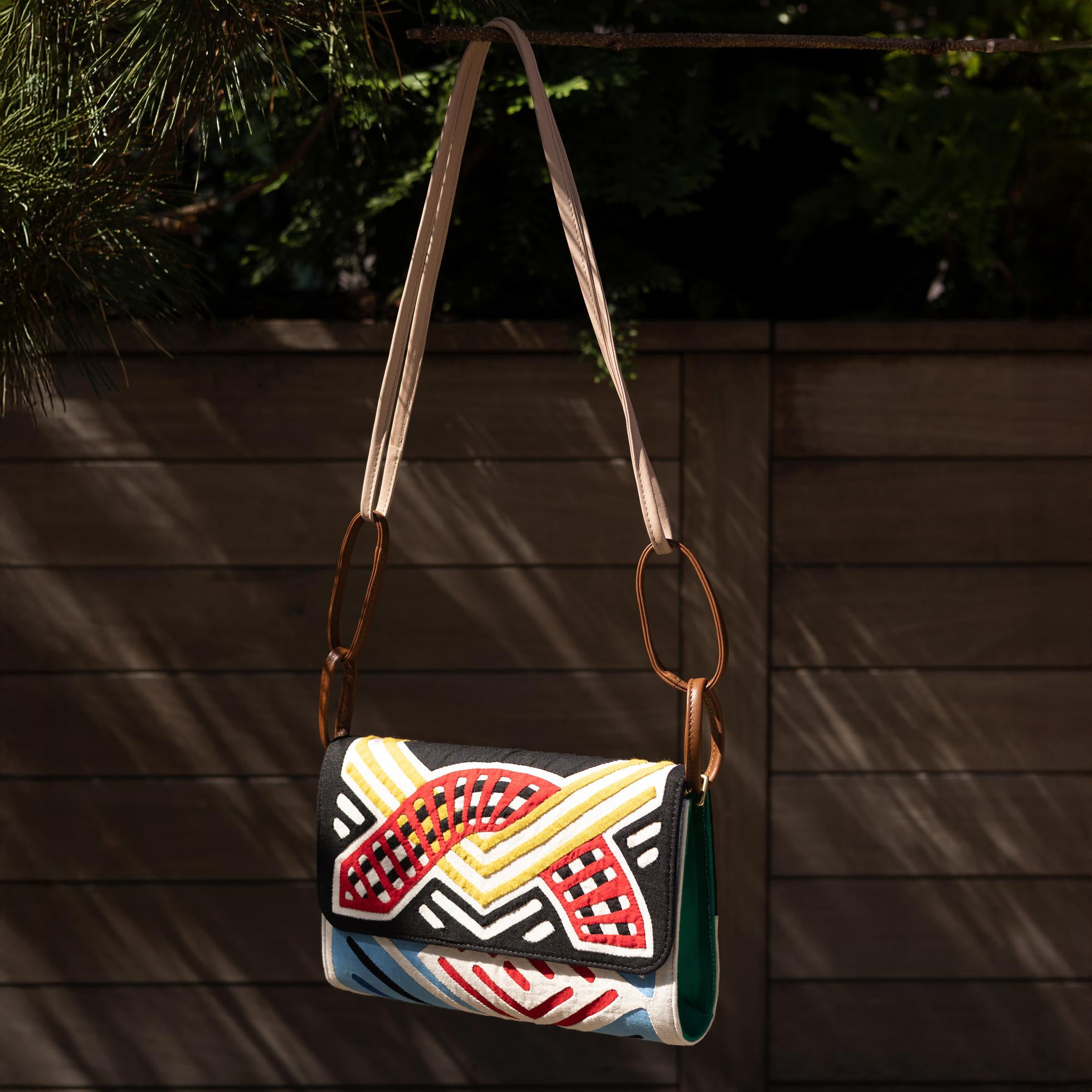
Gunadule Textiles
Each piece carries the essence of Colombia’s rich cultural heritage, a story of land, craft, and
identity, brought to life with purpose and care.

Chimichagua
Palm weaving from the Cesar region, now crafted by Afro communities into rugs and placemats
with bold geometric patterns. A tradition at risk of disappearing.
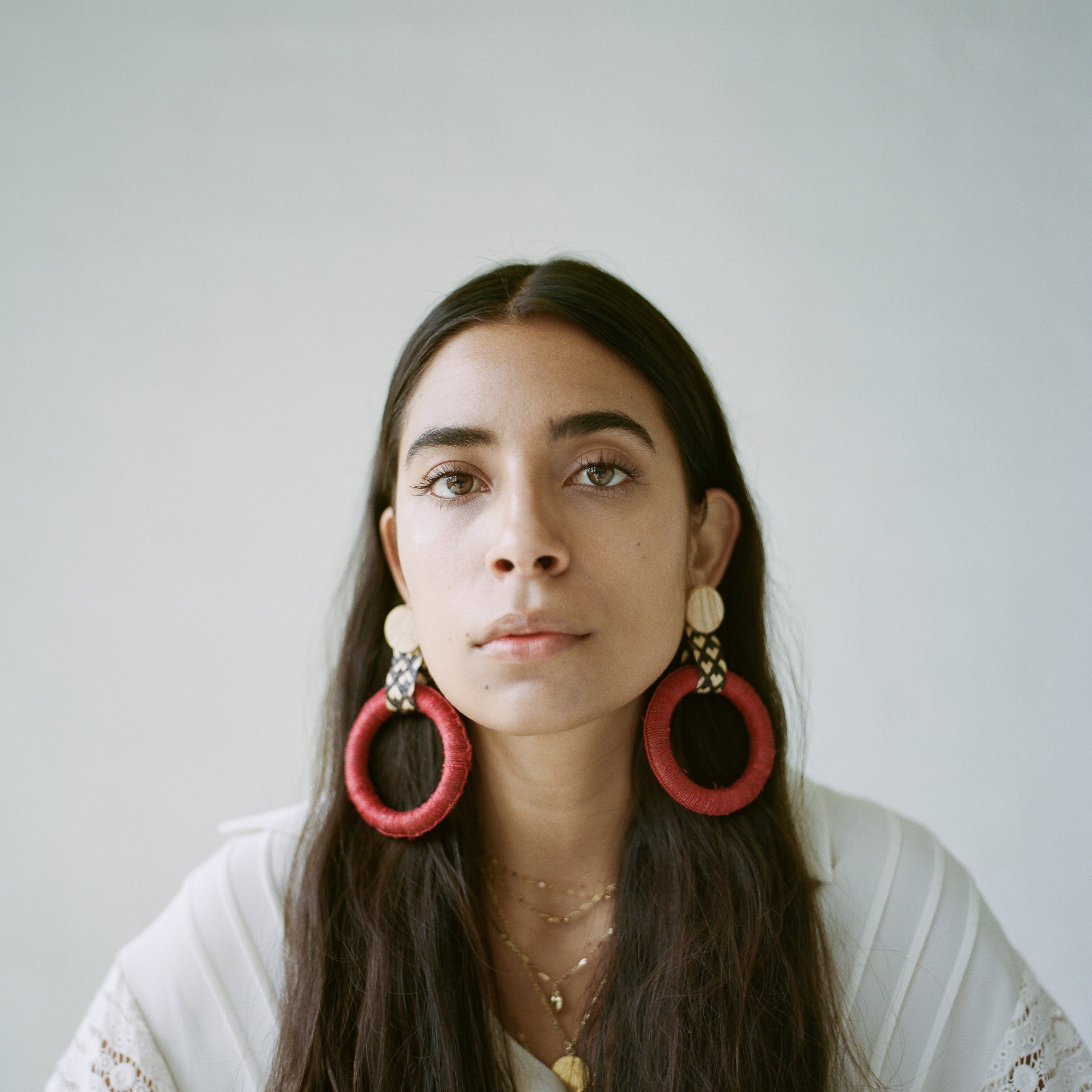
Maguey (Fique)
Natural fiber craft by the Kankuamo people of the Sierra Nevada, using hand-spun fique and
natural dyes to create traditional woven pieces like mochilas.
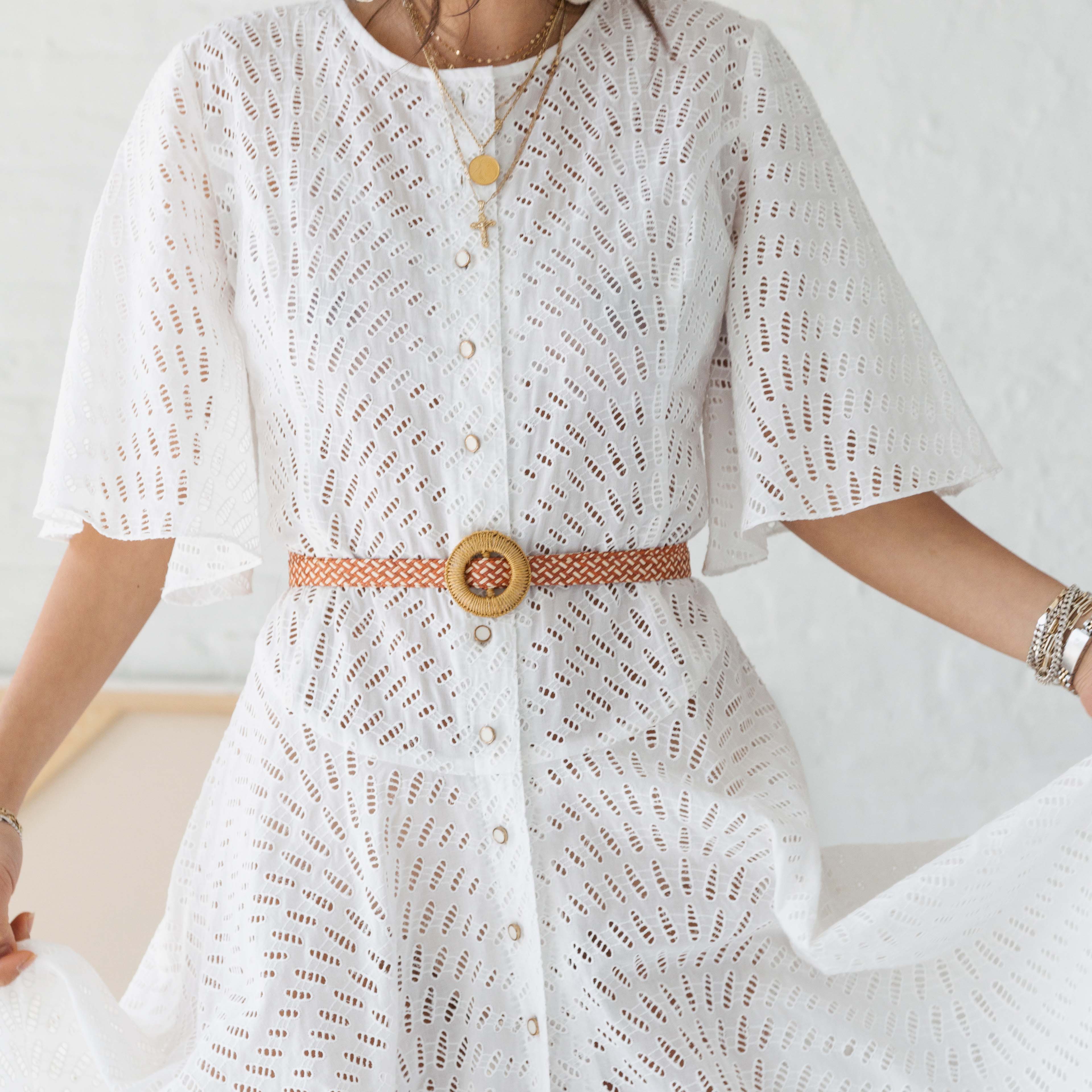
Caña Flecha
A complex braiding technique by the Afro communities of Tuchín, known for its bold geometric designs and cultural symbolism. Mostly led by women artisans.
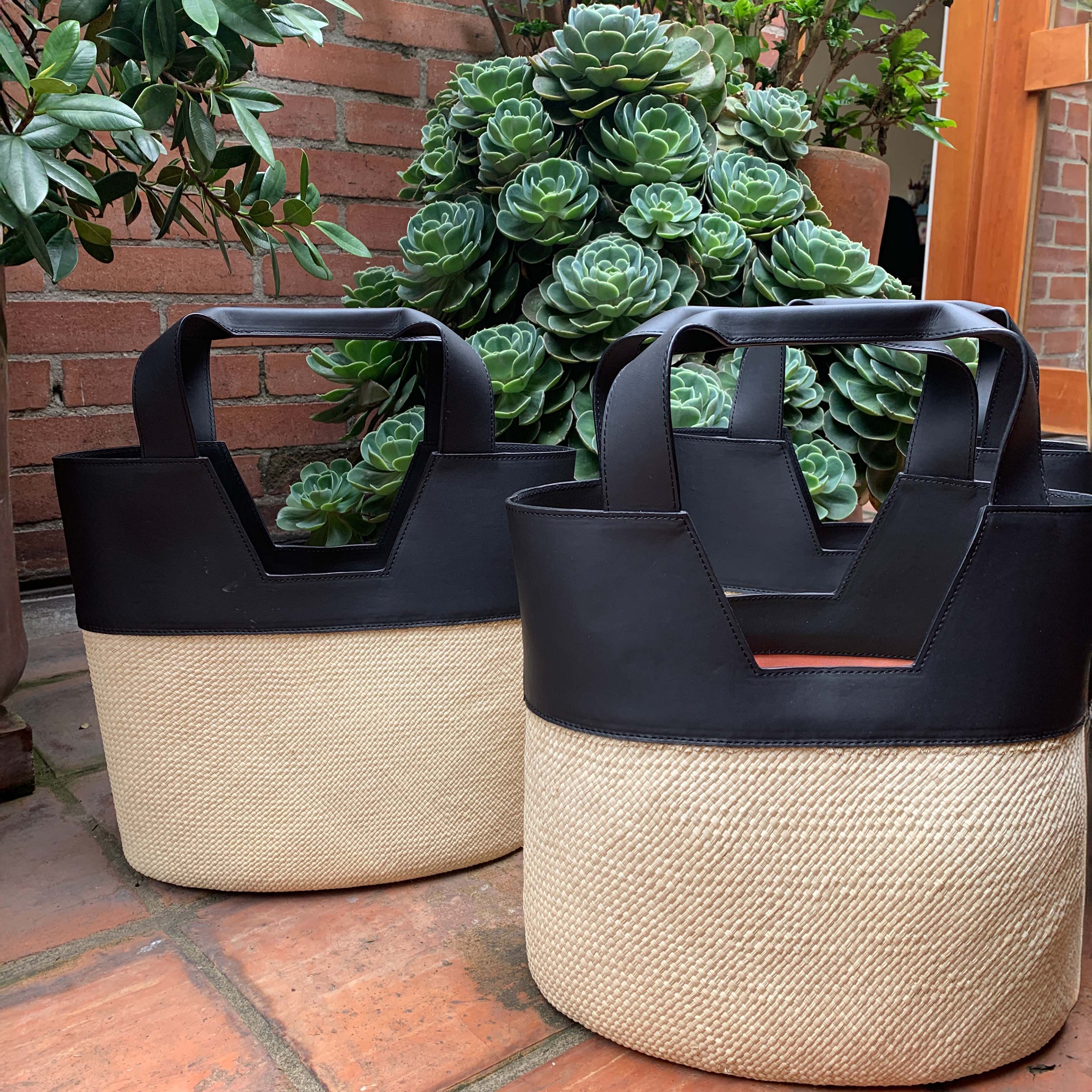
Iraca
Delicate palm weaving from Sandoná, Nariño, where most families, especially women, craft
elegant pieces from iraca fiber in their homes.
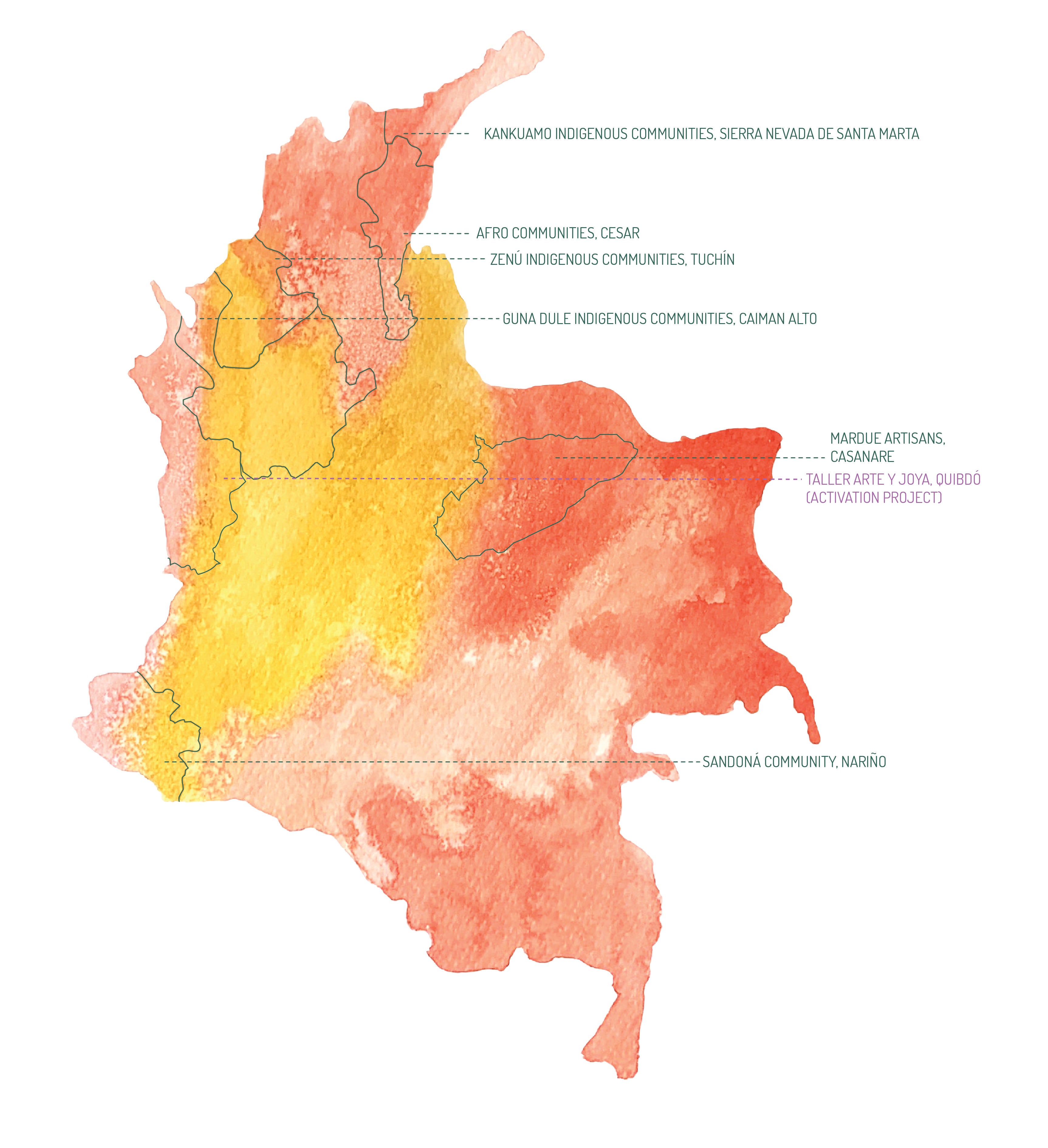
Made In Colombia
Impact
At Mola Sasa we honor and empower local artisans through ACTION. We have created sustainable employment for more than 80 families and continue to expand our mission and ensure a lasting social change for their communities.
In our short span, we have become strategic allies with our artisan partners. We bring to light not only their exceptional skills, but also their own personal stories, which we highlight with every collection. Additionally, we provide on the job training and opportunities for further growth.

